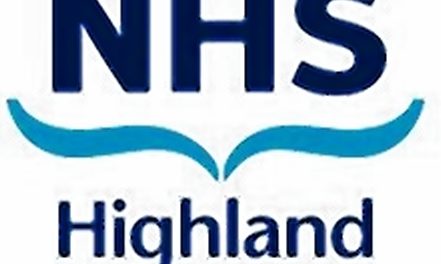Sepsis cases recorded by NHS Highland have risen over the last three years, official figures have revealed.
Last year there were 878 cases of the life-threatening condition caused by the body’s response to an infection.
That compares with 596 in 2018 and 464 in 2017.
The figures came to light following a Freedom of Information request submitted to the health board by Highlands Labour MSP David Stewart, who had been contacted by concerned locals.
Experts said the rise may be explained by a 2017 change in the way the disease is recorded by Scottish health boards and was not thought to represent a major change in the incidence of sepsis.
But Mr Stewart said: “These figures are quite staggering for our region.
“While I am aware the way sepsis was recorded changed in late 2017, it is still eye-opening for me to see this increase.
“The figures give a truer picture of the number of cases which is very concerning.
“Sepsis is a life-threatening reaction to an infection and can very hard to spot so I am happy to try to raise awareness in the region.”
Symptoms include blue, pale or blotchy skin, lips or tongue; a rash that doesn’t fade when you roll a glass over it, difficulty breathing, confusion or slurred speech and in children, a weak, abnormal, high-pitched cry, sleepiness or not showing interest.
An NHS Highland spokeswoman said: “Identifying cases of sepsis is extremely important as early and effective treatment saves lives.
“As Mr Stewart highlights, coding of sepsis in the NHS has changed over recent years so to compare consecutive years figures could be misleading.”
